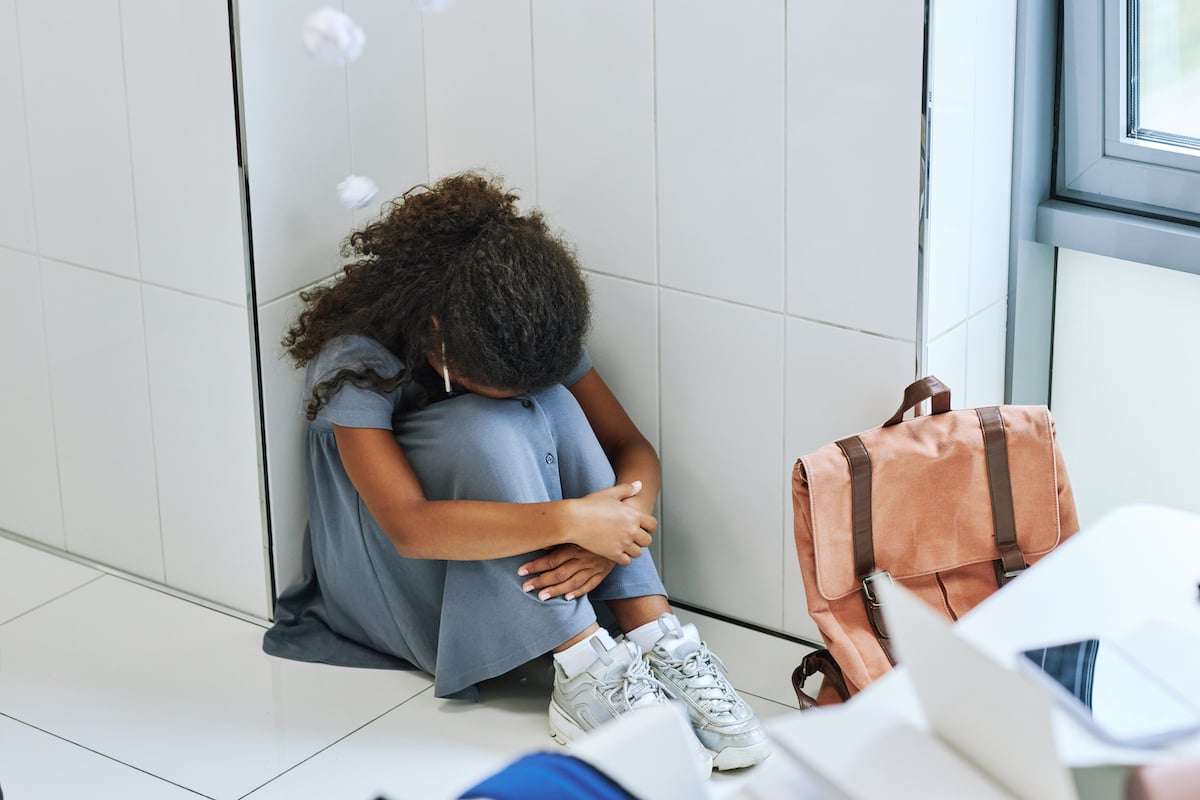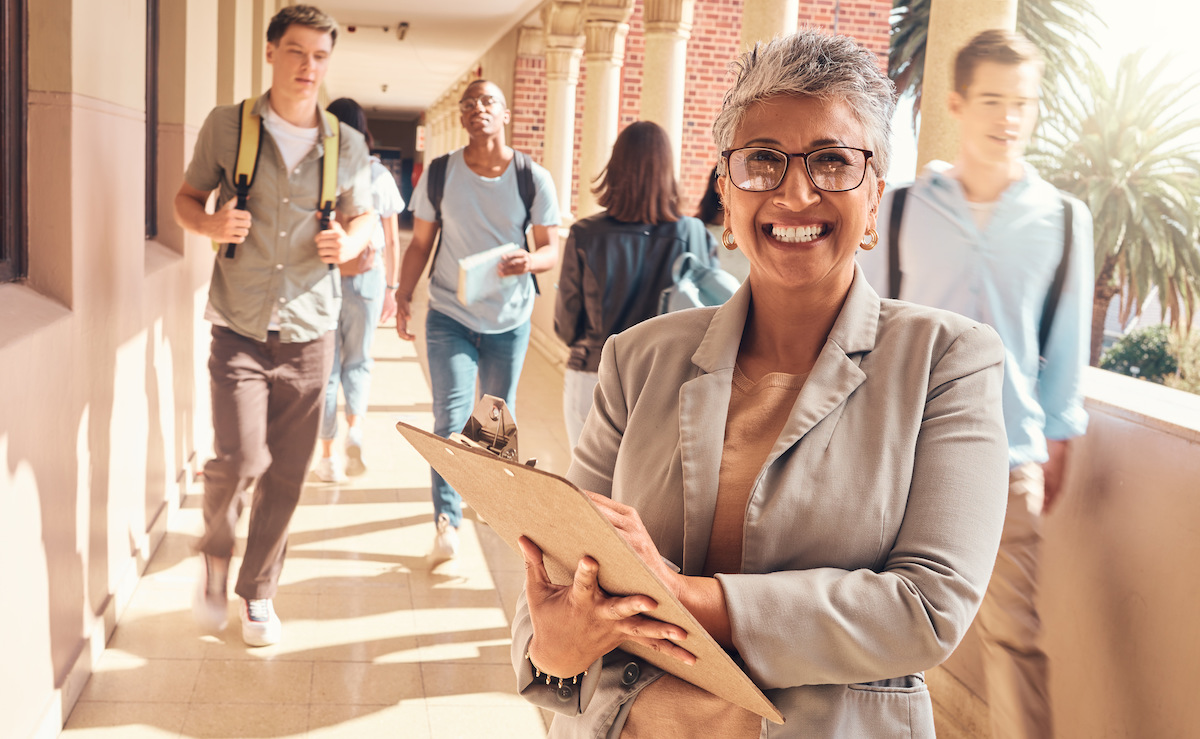Here we are almost 24 years past the Columbine High School tragedy that brought school violence to the forefront of everyone’s mind, or did it? While most of our school boards, superintendents, and other school administrators will all say that school safety is their number one priority, do their actions demonstrate that? According to the Federal Bureau of Investigation, mass shootings increased 33% from 2019-2020, and 52.5% from 2020-2021. Theoretically, if we are learning lessons from each event, our rate of school violence should be going down. Additionally, with the events we do have, their effects should be less than previous occurrences. So why is this not happening and who is responsible for this? There, of course, many theories and reasons why, and just as many fingers pointing to those who are thought to be “responsible”. The reality is that we all have to take responsibility for our actions, or in many cases, lack of actions. Much of the responsibility of what is currently happening falls squarely on the lack of understanding what school safety means, the roles within the school safety ecosystem, and the relationship between all of the disparate systems which must work closely together to be effective. With that, let’s focus on what school safety is and what it means to have a safe school.
Let’s first define what it means to have a safe school and why it is more important than you might be thinking. School safety is easier to define than it is to define having a safe school. School safety is a collection of systems and processes meant to make schools safe; access control, cameras, alerting systems, threat assessments, behavioral risk assessments and intervention, censors, solid safety plans and protocols, training and competency assessments, student and staff engagement, community and partner engagement and participation, etc. Having a safe school is much more difficult to define. The reason for this is that having a safe school is defined by the individual. Sure, if all of the systems and processes are in place and functioning properly, your school will be safer. However, no one is truly safe until they feel safe. As an example, with my 34 years of law enforcement experience, I define my level of being safe a lot different than those who have never experienced ever being in a position of having to face violence head on. My training and experience give me a unique perspective that most educators don’t have. Since most educators don’t have the same experience as a law enforcement officer, schools tend to rely on systems to make up for that lack of experience.
However, systems have been failing us for the last 24 years. Why? Because after each new tragedy, someone creates a new system to “prevent” what was identified as “the” reason for the last tragedy. We begin to think if we just get “that” new system, or comply with the next mandate, then we will prevent the next tragedy from occurring. Where should we be looking to make our schools safer; the most powerful system we already have in place, our people (staff, students, parents, first responders and other community partners). We neglect the need to properly train our students and staff, our parents, our first responders (they need to know what you expect of them and you need to know what they expect you to do). We need to shift our mentality when we are talking about school safety from, “See Something Say Something”, to “See Something DO Something”. Saying something implies that it is someone else’s responsibility to do something. Whereas if we understand if we see something, we also have a duty to DO something about it, then we fill in many safety gaps; the reactionary gap, the response gap, the accountability and responsibility gaps. We make our schools safer.
So let’s take a quick look at some of the roles within a typical school district and what their responsibilities actually are, not what they think they are: School Board, Superintendent, Assistant Superintendents, Safety Coordinator, Principals, Assistant Principals, Counselors, Teachers, and Support Staff. Contrary to popular belief, no one within this structure can delegate any of their responsibilities to someone else. As an example: When I was a safety coordinator for a school district, I asked a high school principal to explain to me how his school would handle a threat assessment. His response, “I don’t know that task has been delegated to my dean of students”. While the principal can, and as is the culture in most schools, delegate many tasks to subordinates, he has a responsibility to ensure the threat assessments are being done correctly, and he is responsible for the outcome of those threat assessments. When it comes time to answer tough questions, he cannot say, I don’t know I delegated that to someone else.
Typical Roles and Responsibilities:
- School Board: Provides funding, expectations, direction, policies, and oversight.
- Superintendent: Ensures the wishes of the school board are followed; enhances the safety programs to ensure there is a process of continuous improvement; assigns responsibilities to assistant superintendents and the safety coordinator. While I reported to an assistant superintendent, it is my recommendation the safety coordinator reports directly to the superintendent. They must ensure there is an appropriate amount of time allotted for initial and ongoing training.
- Assistant Superintendents: Have the responsibility of understanding the comprehensive safety plans and the oversight for its implementation appropriately at the given levels of responsibility (special education, high school and middle school, elementary, preschool, etc.) This also includes understanding the status of the safety programs at each of their respective areas of responsibility.
- Safety Coordinator: Has the responsibility for the development and maintenance of the school safety programs and their implementation. This includes the initial and ongoing training of all necessary staff and students.
- Principals: Have the responsibilities that are very similar to those of the Assistant Superintendents, except that they are responsible for their respective schools and programs (including extracurricular activities and events on their campuses).
- Assistant Principals: APs will typically be assigned the responsibility of implementing the safety programs at their schools. This means they are responsible for making sure that staff and students understand their expectations, and are trained properly, and if needed they may also need retraining.
- Counselors: Are typically not part of the school administration, but have a critical role in school safety by identifying students who are exhibiting concerning behavior and intervening at an appropriate time and level.
- Teachers: Have the responsibility for the direct supervision and protection of their students, and are immediate responders should an emergency occur. They are the foot soldiers of the war against violence on their campuses. They are responsible to know exactly what to do the second an emergency occurs. If they don’t know what to do, they are responsible for getting the training and experience they need.
- Support Staff: Are all the classified staff that assist with the day-to-day operations of the school. While they typically don’t have direct supervision of students on a regular basis, however during an emergency they will likely find themselves in a position where they will act in the roles of teachers by protecting the students and acting in other support roles during the emergency, because all know who are the people who run the schools, support and office staff.
The point here is that, if all of these people are trained properly and are doing their jobs on a daily basis, when it comes to the safety of our schools, we have taken care of 85% of what we need to have a safe school; technology and systems can take care of the rest. Remember that one of the biggest steps we can take to make our schools safe is to ensure every child is made to feel like they belong and has a strong, supportive, and positive relationship with an adult on campus and that costs nothing but time and effort.












No Comments Yet
Let us know what you think